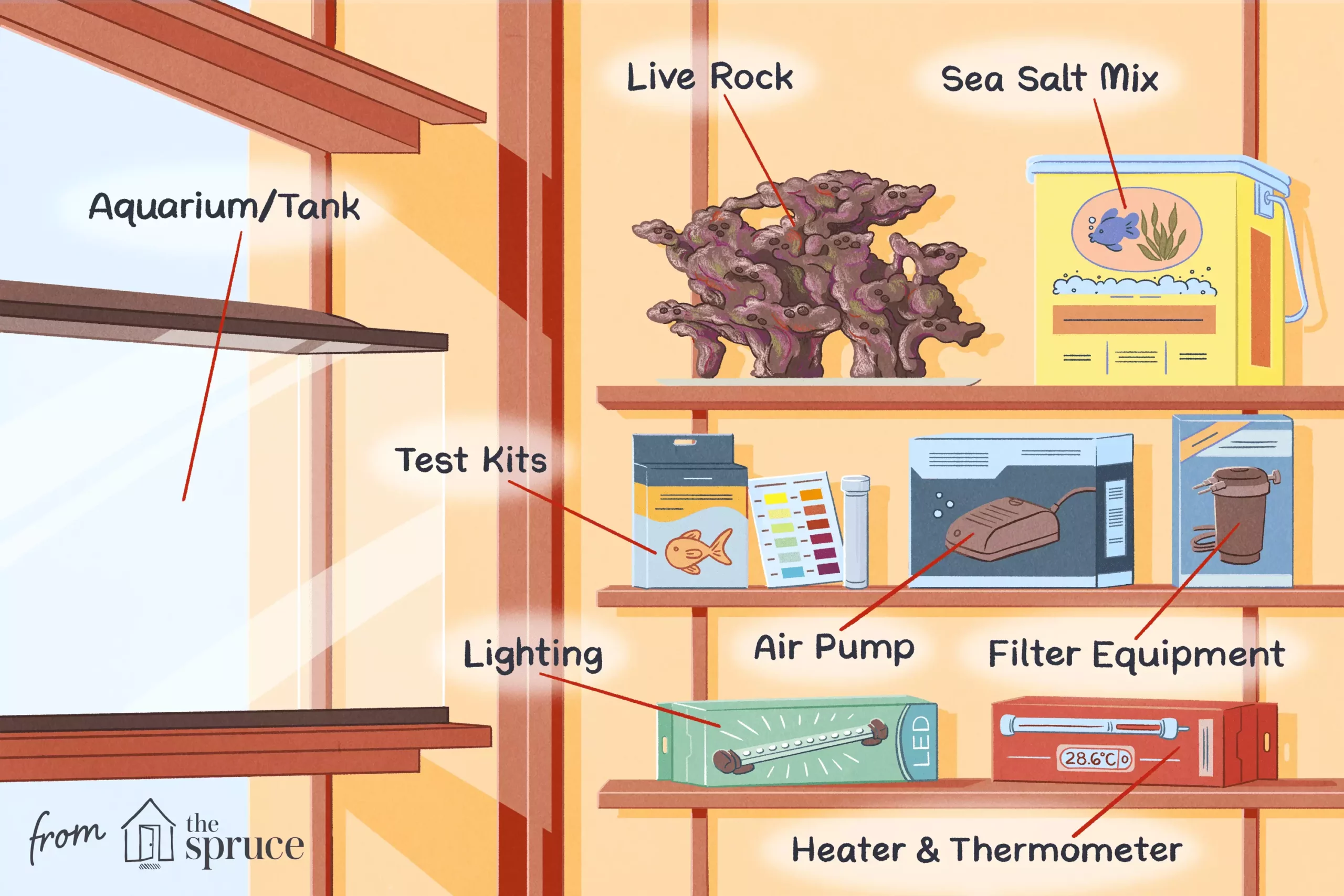Setting up an aquarium can be an exciting yet challenging project for beginners and enthusiasts alike. This guide walks you through the essential steps to ensure that your aquatic environment is both aesthetically pleasing and conducive to the health of your fish and plants. From choosing the right aquarium size to selecting the appropriate equipment, this article provides a detailed overview of what you need to consider.
Before diving into the world of aquascaping, your first task is to select the appropriate aquarium size that fits your available space. Take into account the dimensions of the area where you plan to place the aquarium. Smaller spaces can benefit from compact nano aquariums, while larger spaces allow for more expansive tanks ranging from 20 to over 100 gallons. Keep in mind that larger aquariums generally offer more stability in water conditions and can accommodate a more diverse range of aquatic life.
When you’re on the hunt for your aquarium, it’s beneficial to look for complete starter kits. These often include essential equipment such as filtration systems, heaters, and lighting, all tailored to work in tandem with your tank. If you’re more ambitious and want to customize your setup, consider the DIY route, which allows for flexibility in design while potentially saving you money.
Once you’ve acquired the aquarium, you’ll need a sturdy base to support its weight and ensure its stability. Many tanks come with their dedicated stands, but if yours doesn’t, you will need to explore sturdy cabinets or custom-made stands. The stand’s design should complement your tank while remaining functional enough to hold any additional equipment you may install beneath it.
Lighting is a crucial aspect of aquarium maintenance, impacting both the environment you create and the types of fish and plants you can house. If you opt for a planted tank, you’ll want to invest in high-quality lighting fixtures designed for plant growth. Conversely, fish-only aquariums can function adequately with more modest lighting. Consider the possibility of upgrading to a more complex setup later on and choose fixtures that are compatible with enhanced lighting systems.
Filtration is another integral component of aquarium health. Proper filtration keeps the water clean, removes toxins, and supports beneficial bacteria growth. Various filtration options are available, including canister filters, power filters, and protein skimmers. Canister filters are versatile and effective for larger setups, while skimmers can be particularly useful in saltwater aquariums for removing dissolved organic materials. Understanding your tank’s specific needs will guide you in selecting the right filtration system.
The substrate, or the material at the bottom of your tank, plays a vital role in the ecosystem. Various types are available, from gravel to sand, and choosing the right one depends on several factors, including the type of fish you keep and the presence of live plants. If water current is significant in your tank, a heavier substrate can prevent it from being disturbed. Additionally, you should choose a substrate that offers a good surface area for beneficial bacteria if you plan to create a biological filter.
Along with substrate, incorporating decorations, such as rocks and plants, can create hiding spots for your fish, promoting natural behaviors and reducing aggression. Live rock is particularly important in saltwater tanks, serving as both a habitat and a filtration surface.
Next, you’ll need to focus on maintaining the right water quality for your tank. This involves monitoring salinity if you’re maintaining a saltwater setup, as well as testing for pH, ammonia, nitrites, and nitrates. Regular water changes and testing will keep these levels stable and ensure a healthy environment.
Temperature regulation is equally important. For smaller tanks, one heater may suffice; however, larger systems may require multiple heaters for even distribution of warmth. Choose heaters that maintain a consistent temperature, as fluctuations can stress fish and lead to illness.
Regular maintenance is the key to a thriving aquarium. Equip yourself with essential cleaning tools, such as algae scrapers, siphons for water changes, and nets for managing fish. Having these tools readily available will make maintenance more manageable.
Moreover, it’s wise to keep a logbook to monitor the maintenance tasks performed, water parameters, and feeding schedules. This will help you identify patterns that might lead to issues before they become severe.
Setting up your aquarium is just the beginning of an ongoing journey. Through careful planning, selecting the right equipment, and committing to regular maintenance, you can create a vibrant aquatic paradise that brings joy and tranquility to your life. Whether you’re considering vibrant freshwater plants or diving into the complexities of marine life, the right knowledge will guide you to success.


Leave a Reply